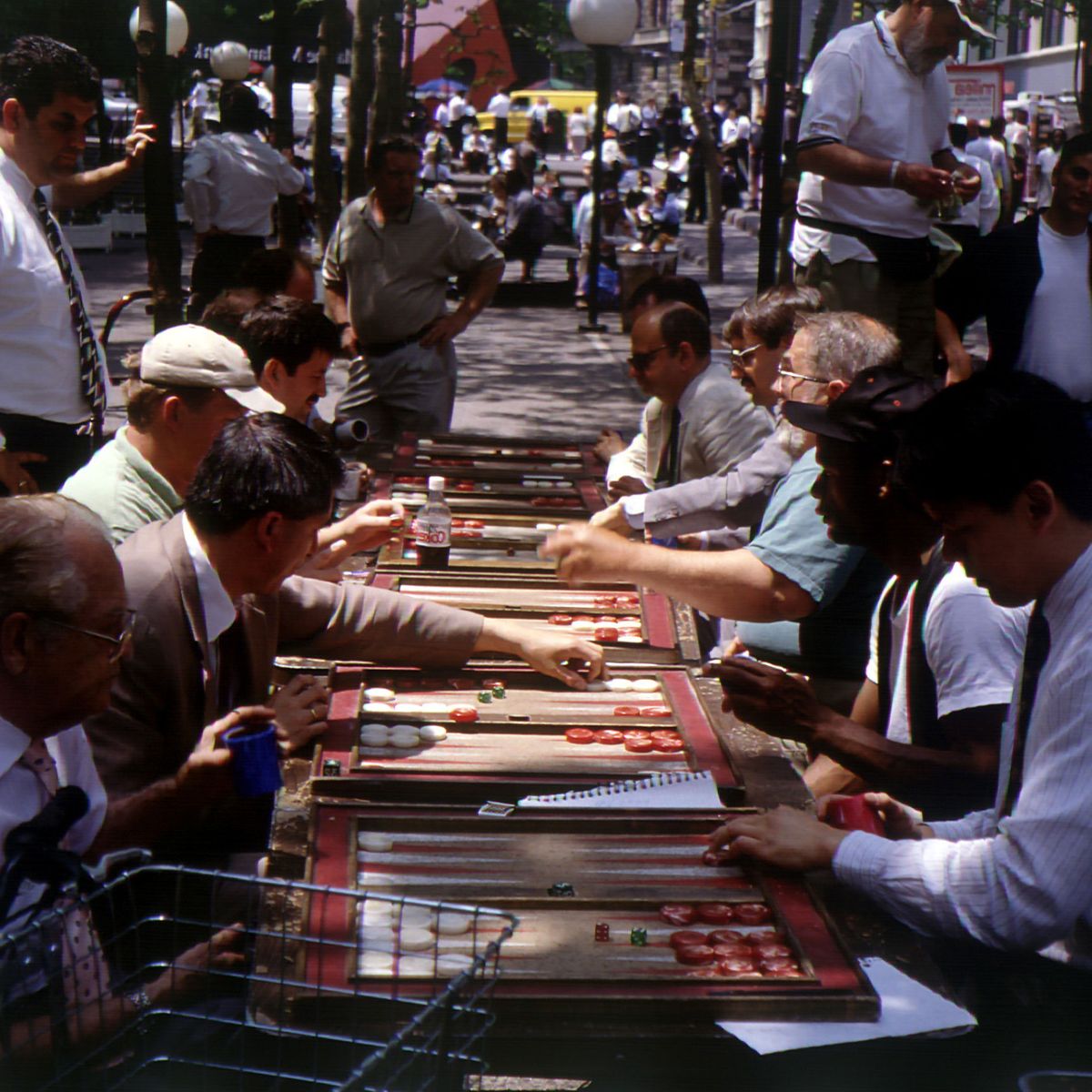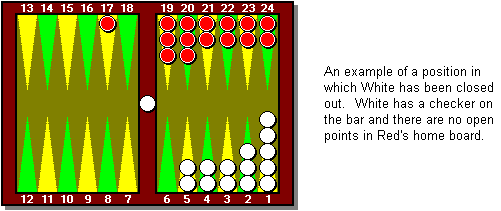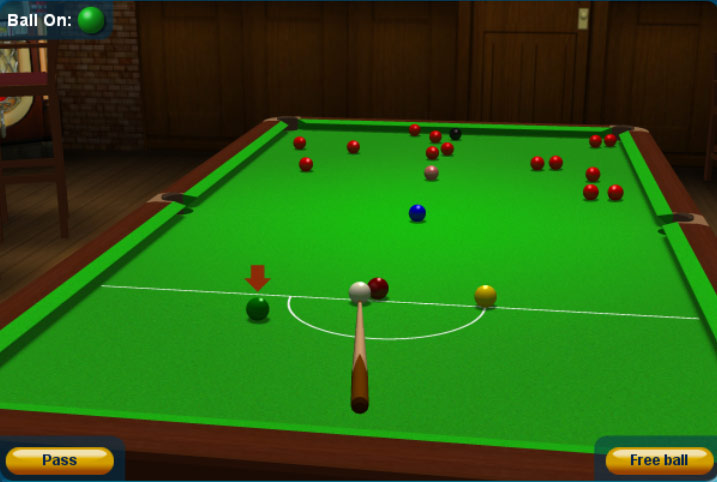How To Backgammon

Backgammon Rules Backgammon is one of the oldest known boardgames. The object of the game is to move your pieces along the board's triangles and off the board before your opponent does. There are a few different ways that this game is played. Once a backgammon opponent makes an advanced anchor it is even more important to make one.
Backgammon Game BasicsIf you don't know how to play Backgammon, then here is a beginner's introduction to the game explaining the basic rules.
Backgammon is a board game for two players, played with two dice each, thirty checkers/markers, and on a board made up of twenty-four narrow triangles called 'points'. The points alternate in colour and are grouped into six triangular points on each quarter of the board. Each quarter of the board is known as a player's home board, outer board, and their opponent's home board and outer board. The home and outer boards are divided by a line/ridge down the centre of the board called the 'bar'.
Player's points are conventionally referred to by their position number starting at one in the player's home board, which would also be their opponents outermost 24 point, going up incrementally as you move along and around.
Starting a Game
The initial positions of the players' checkers at the start of a game are two on each player's 24 point, five on each player's 13 point, three on each player's 8 point, and five on each player's 6 point. This can be seen in Fig 1 below.
| Fig 1. A board showing the players' checkers in their initial positions. An alternate arrangement is the reverse of the one shown here, with the home boards on the left and the outer boards on the right. |
To decide who goes first, each player rolls a single die with the highest going first and taking the two dice values rolled as the values by which they move their checkers in their first turn.

Moving Checkers
Players then take turns at rolling their dice and moving their checkers around the board. The object of a game is for players to move all their checkers to their home-board. One player moves their checkers in a clockwise direction around the board while the other moves in an anticlockwise direction. Players may move their checker from its current point to a subsequent point in sequence around the board by counting along the points by the value of numbers rolled with the dice. Players may move 1, 2, 3, or 4 checkers in a turn depending on the dice values thrown and the player's choice of available moves. For a move to be allowed the destination point must have no more than one of the opponent's checkers on it. Players may have any number of their checkers on a single point.
For example, if a player rolls a 2 and a 5 with their dice, they may move one checker 7 points or two checkers each moved 2 points and 5 points respectively around the board. However, should a player roll a double the moves are doubled so they may move one, two, three or four checkers a total of 4 times one of the die's values. For example, if a player rolls double-5 they may move 1 checker by 20 points (4 x 5), 2 checkers by 10 points each(2 x (2 x 5)), 3 checkers with two moved 5 points and one moved 10 points (2 x 5 + (2 x 5)), or they may move four checker 5 points each (4 x 5).
| Fig. 2 White moves checkers anticlockwise while black moves clockwise. |
Hitting

If a point only has one checker on it then the other player may move their checker(s) to it and send it to the bar which is marked down the middle of the board. This is known as a 'hit'. A point with only one checker is known as a 'blot'. Once a checker has been placed on the bar, then the player must start moving it from the beginning of the board to bring it back into play and move it around to their home-board. A player may not make any further moves until all their checkers on the bar have been brought back into play.
To bring a checker back into play from the bar, the player must roll a value corresponding to a point in their opponent's home-board that has no more than one of their opponent's checkers on it.
Bearing Off
How To Backgammon Set Up Board Game
Once a player has moved all their checkers around the board and into their home-board, they start to 'bear-off'. Bearing-off is the removal of checkers from the board and out of play. The way players do this takes a little bit of thought to understand the rules, but once you understand it it makes perfect sense. Players may bear off a checker by rolling a dice value that corresponds to the point number it is on. So if a player rolls a 5 with one of their dice, they may remove (bear-off) a checker on the 5-point. If they had a checker on their 6-point they may instead chose to move this 5 points to their 1-point. If there are no checkers on the dice's corresponding point number they must move a checker from the highest point number that they have a checker on, or remove (bear-off) a checker from the highest occupied point. So if they roll a 6 with one of their dice and there is no checker on the 6-point they must remove any checker on their 5-point, and if there are none there they must remove a checker on their 4-point, and so on. And so, for example, if a player rolls a 3 with one of their dice but has no checkers on their corresponding 3-point, they must move a checker 3 points from any checkers situated on the highest numbered point. If there are no checkers on a higher point, then they must remove a checker from the highest occupied point. Players must move or remove checkers using both full dice values, or if that isn't possible they must move or remove their checkers using the maximum possible number of point moves, according to the above rules.
If a player's checker(s) are hit after they have started bearing-off, then they must move it back into play and around the board back into their home-board before any more of their checkers may be borne-off.
How To Play Backgammon Easy
Once a player has removed (borne-off) all their checkers from their home-board, they have won the game.

| Fig. 6 White rolls a 5 and 6 and bears-off two corresponding checkers. |
| Fig. 7: Next turn, white rolls a 3 and 5 and bears-off one checker corresponding to the 3-point and moves the checker on the highest point, 5 points. |
Easy How To Backgammon
Once you've learnt the basic rules you can move on to further rules relating to gambling, the doubling cube, and more.